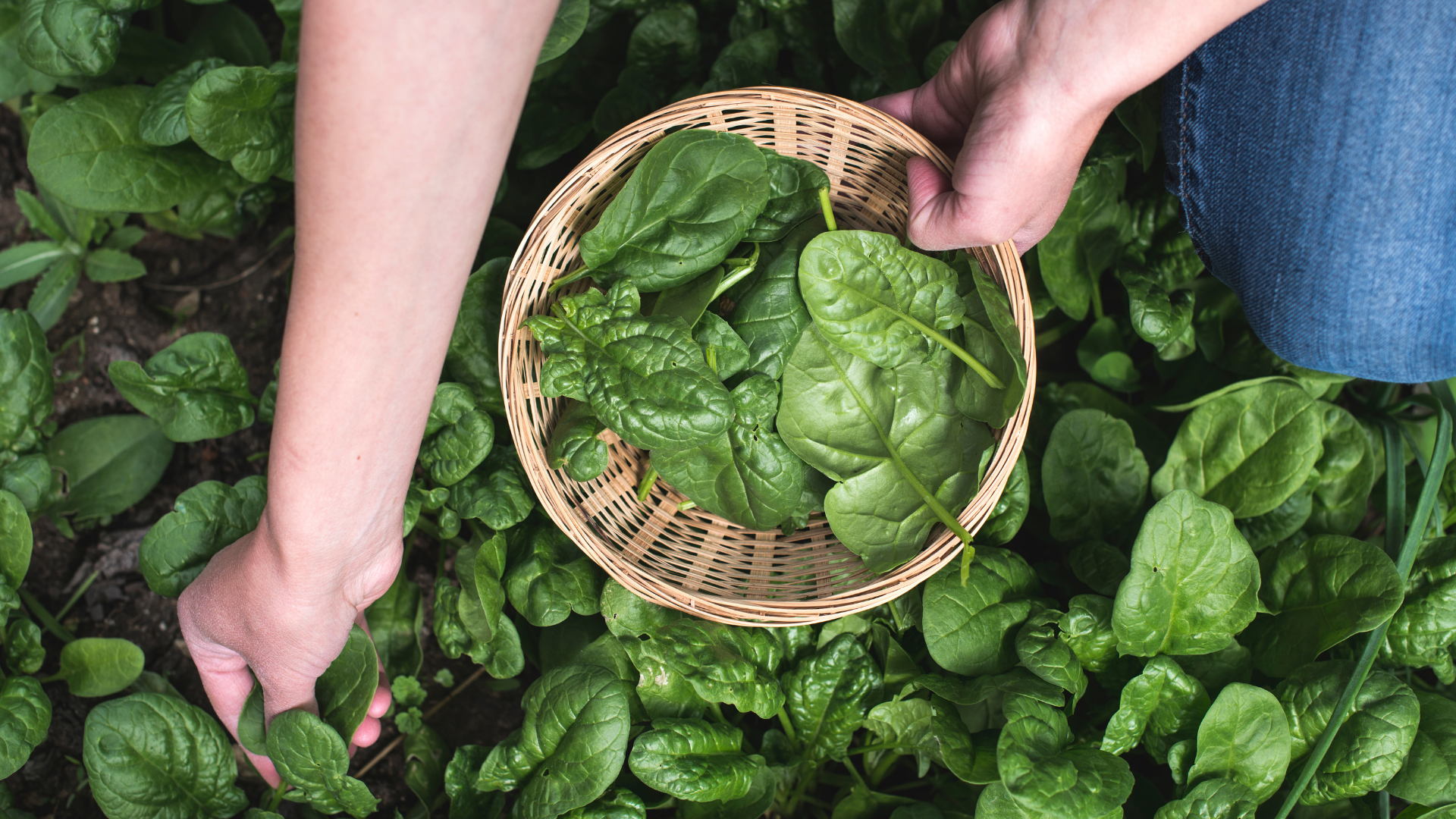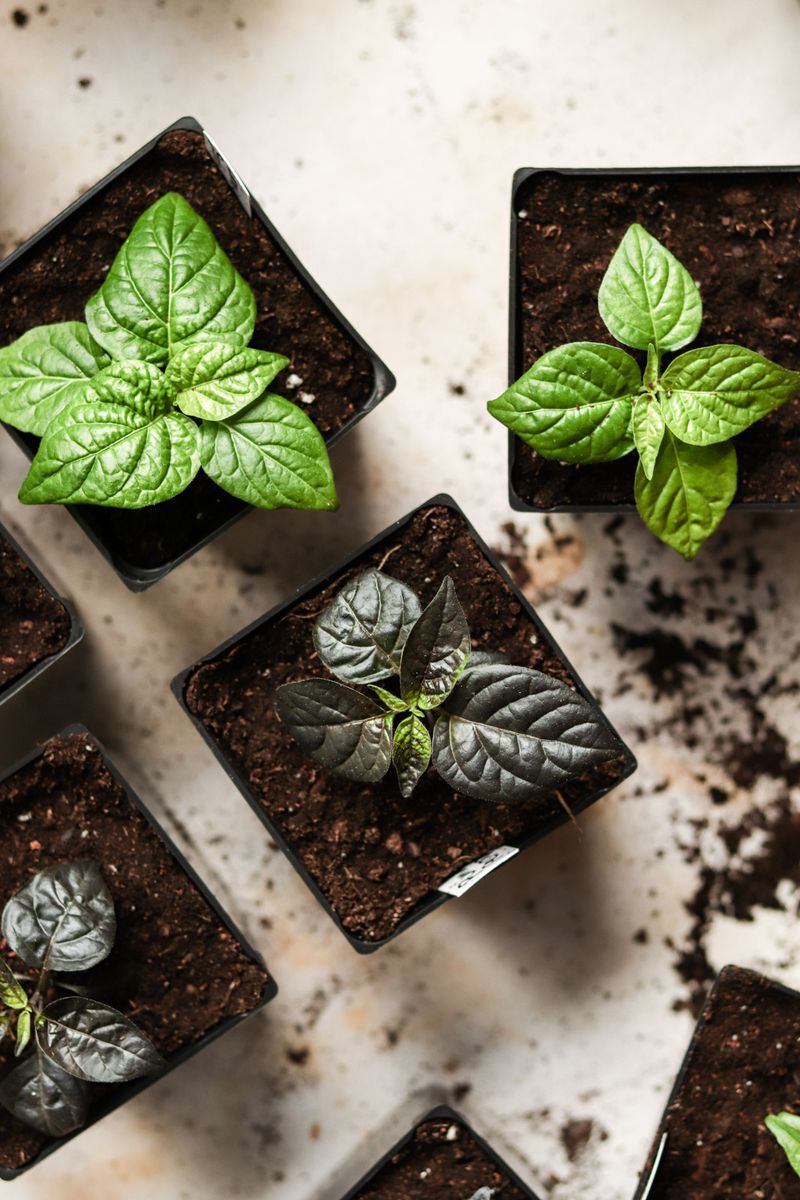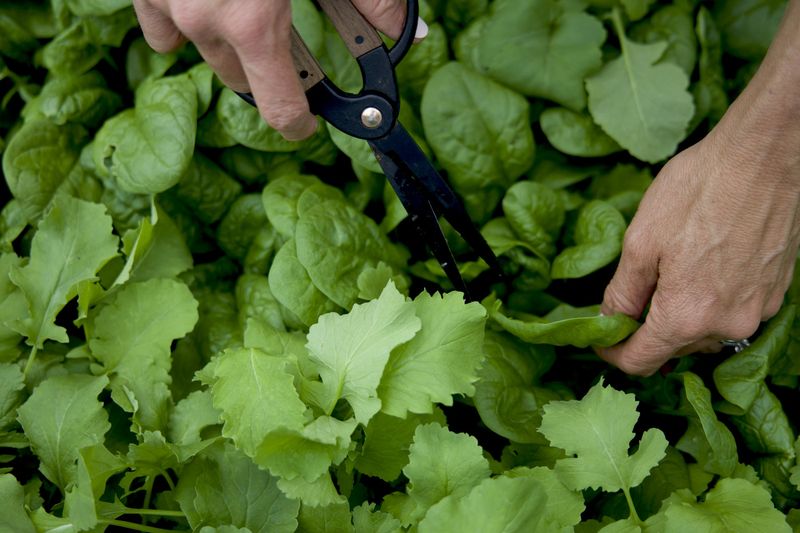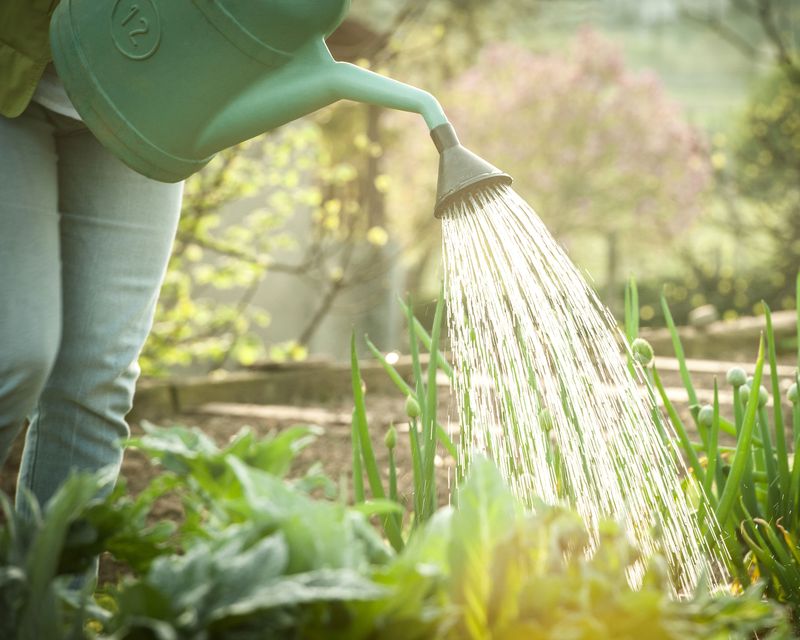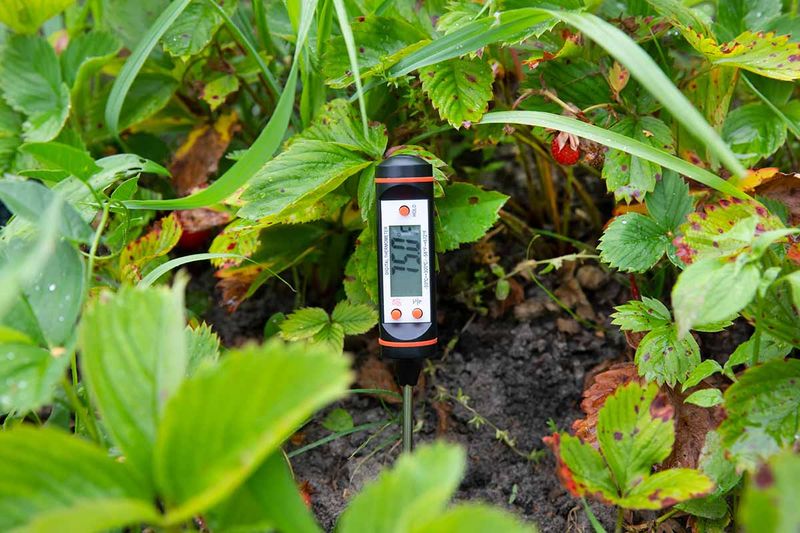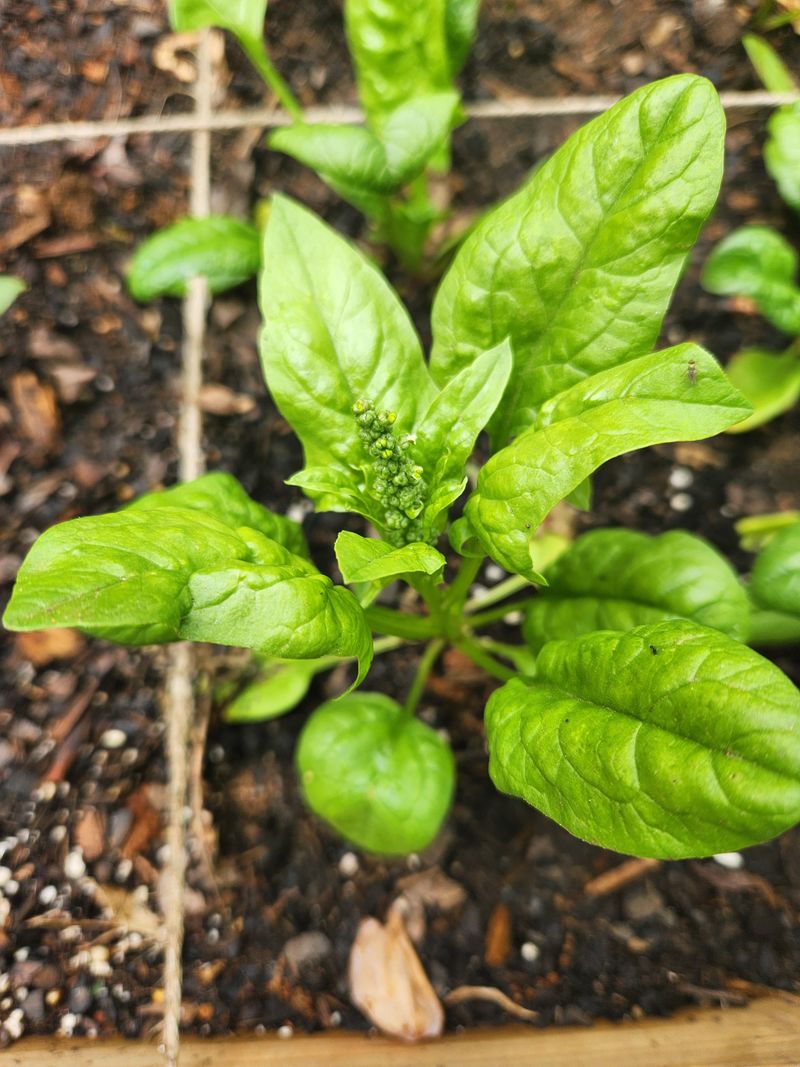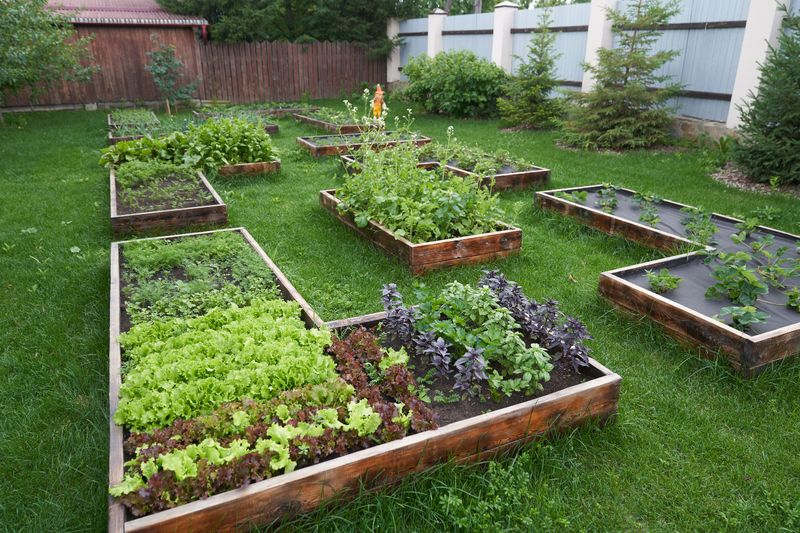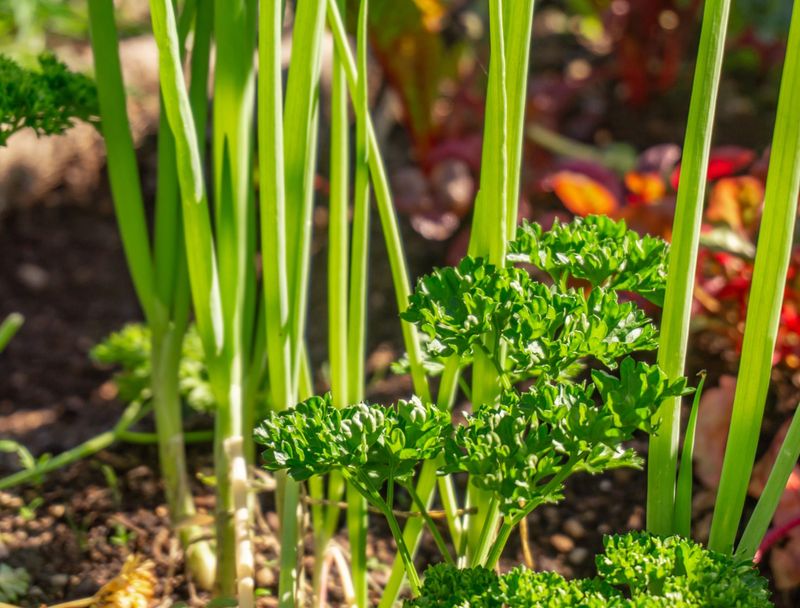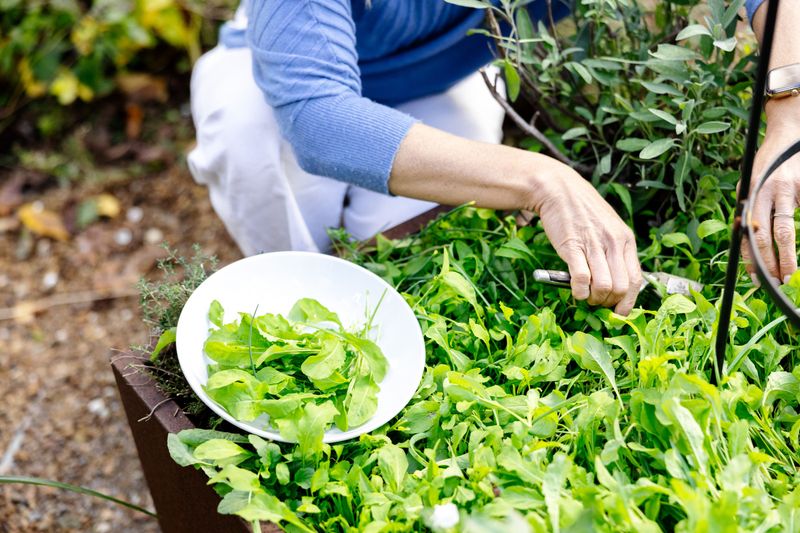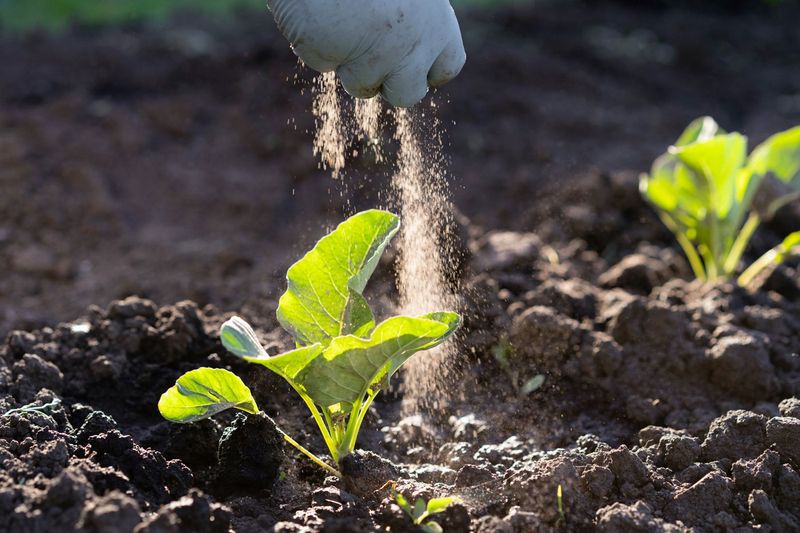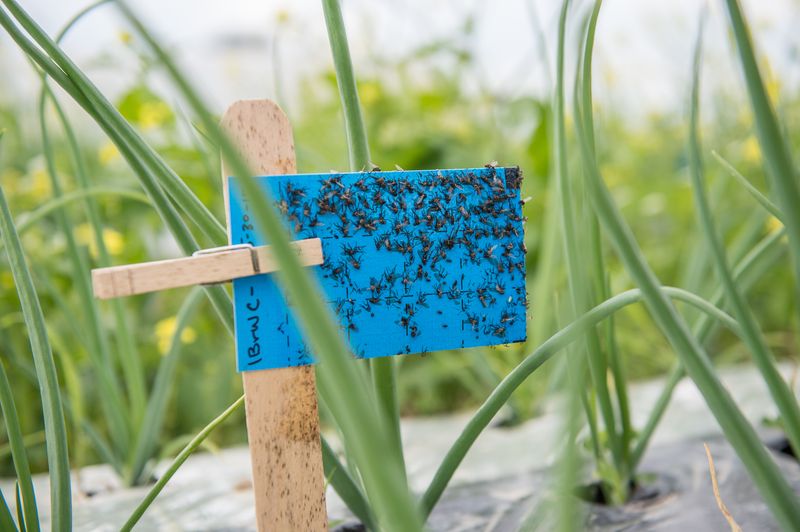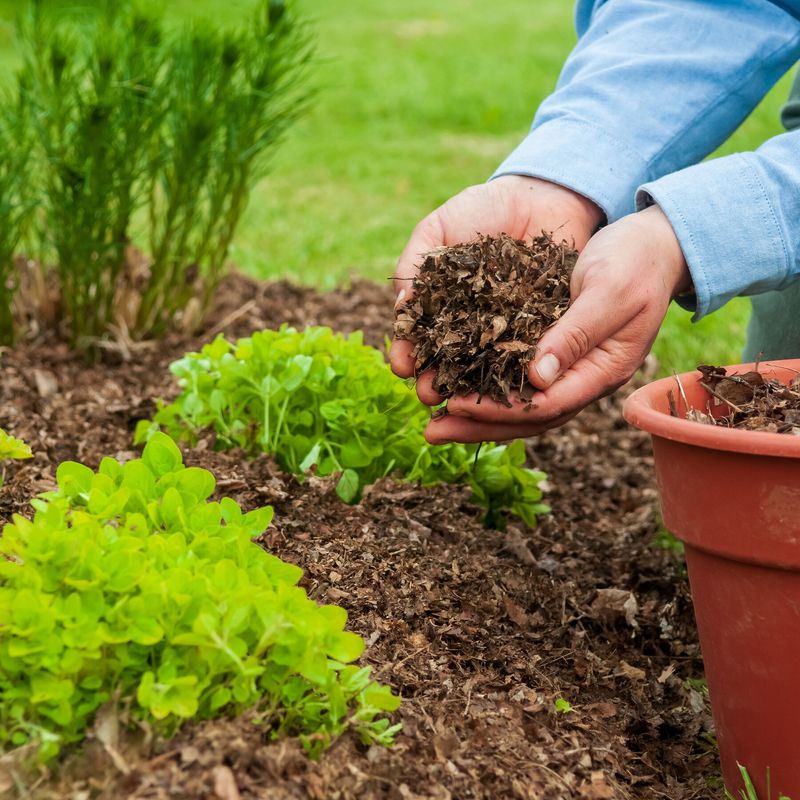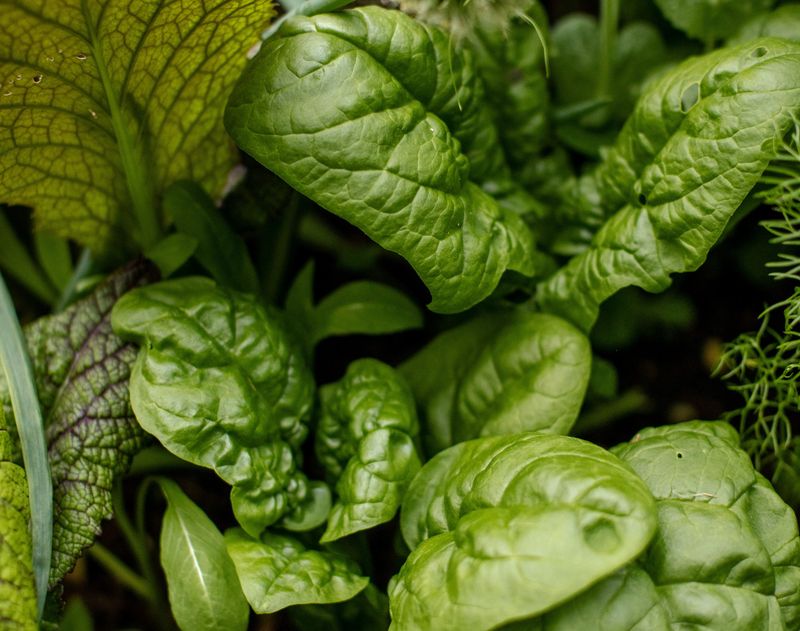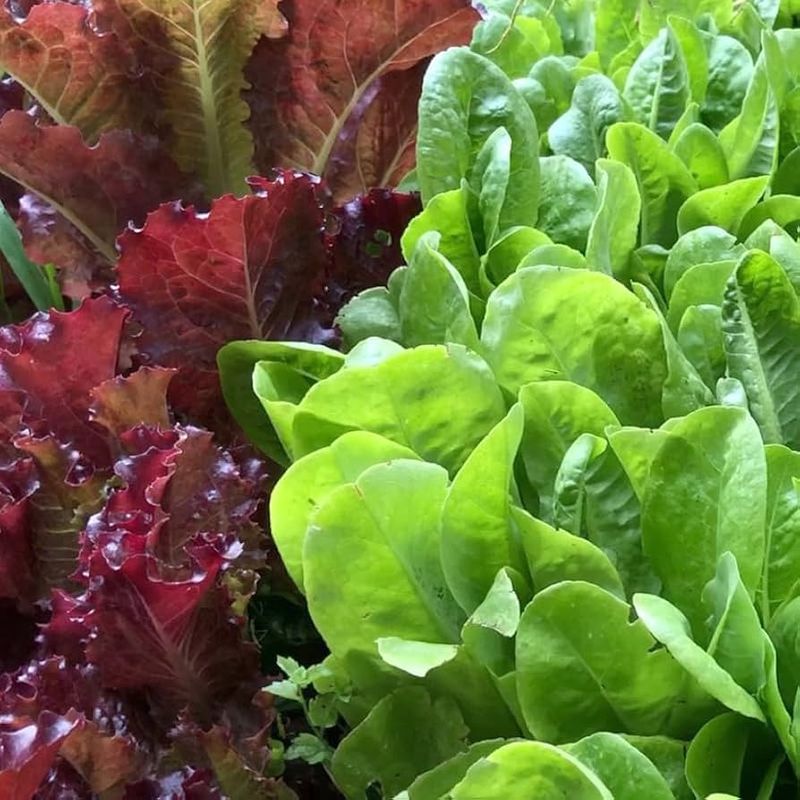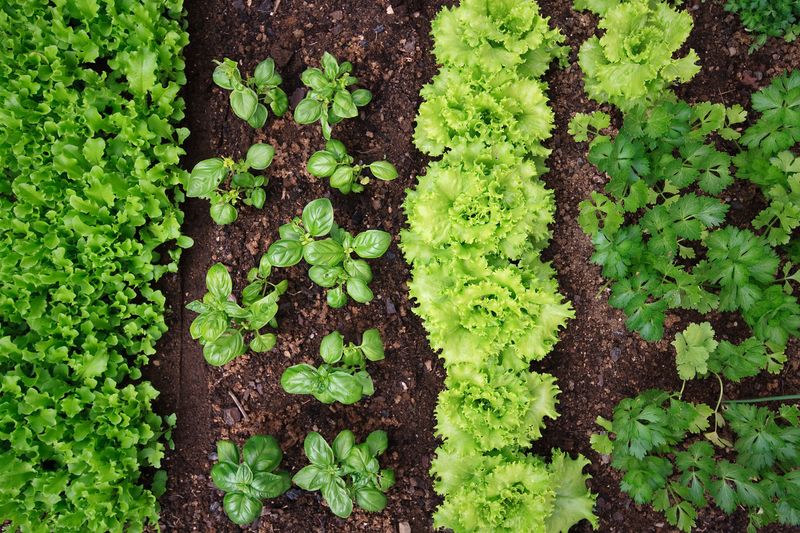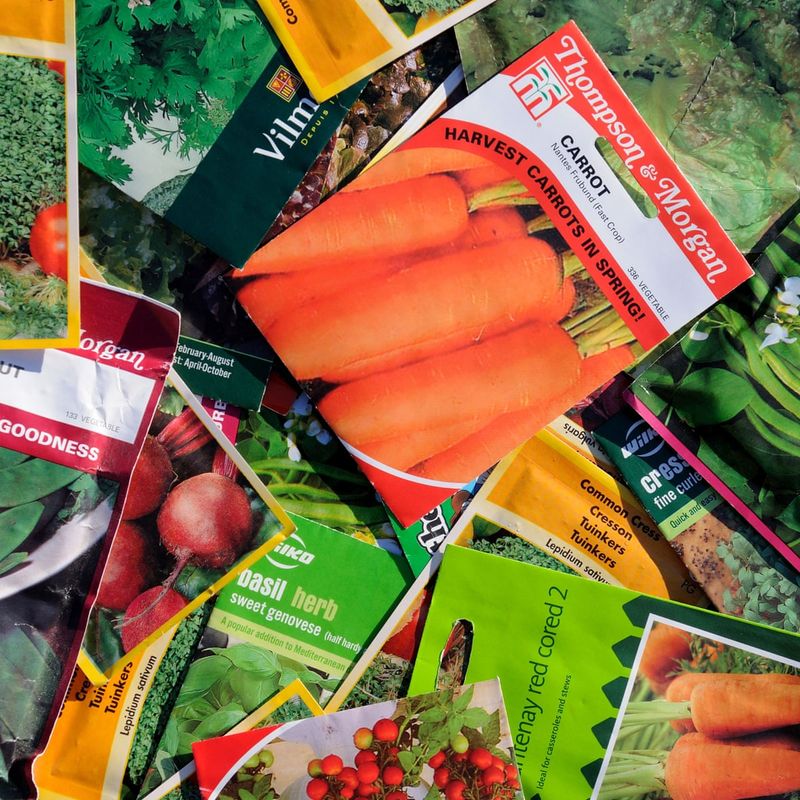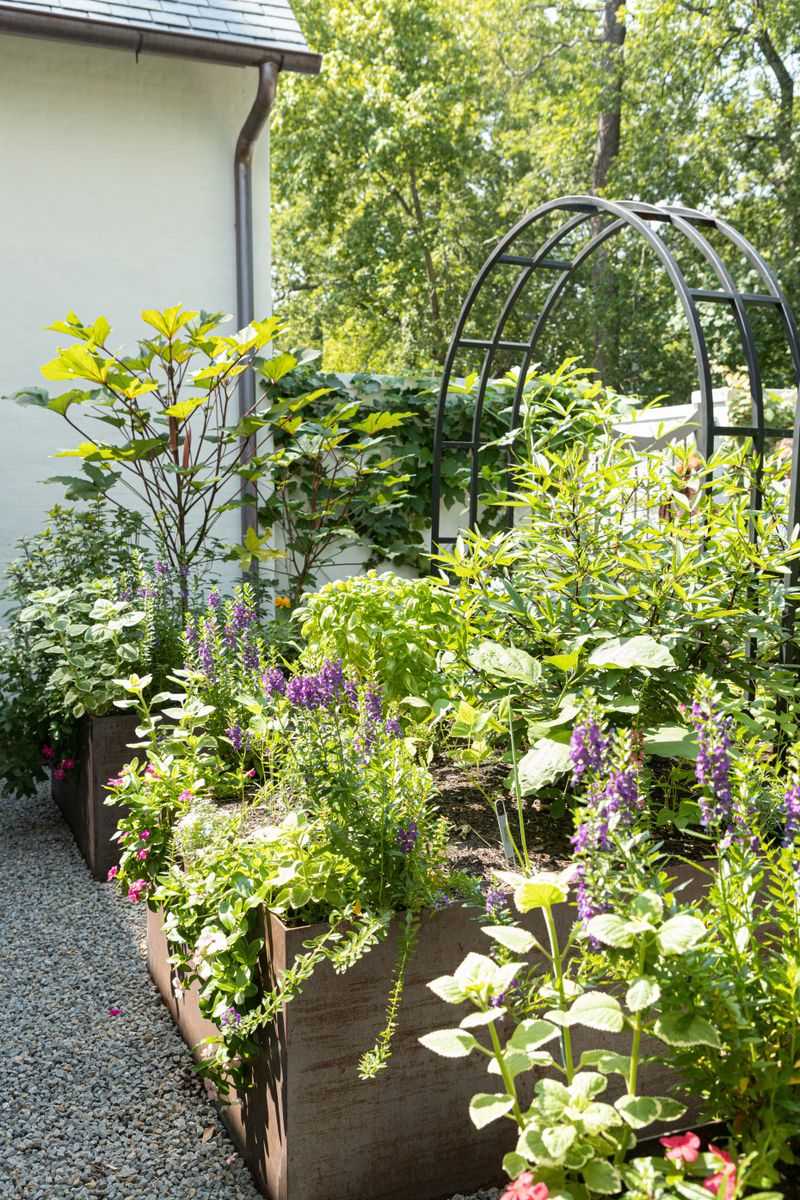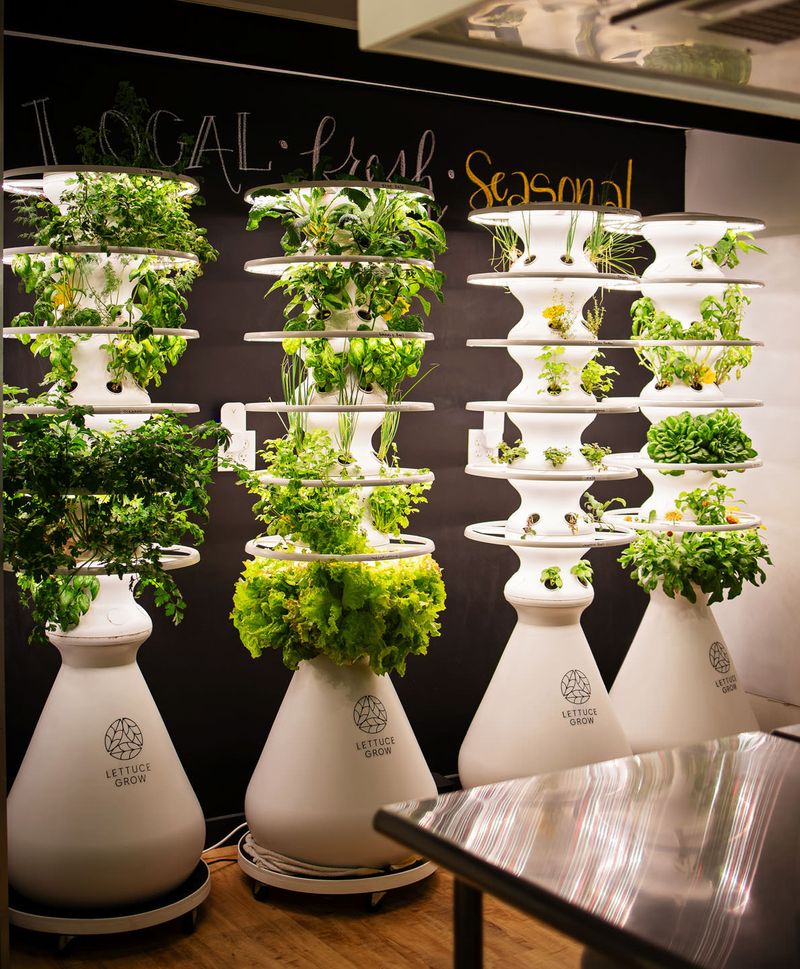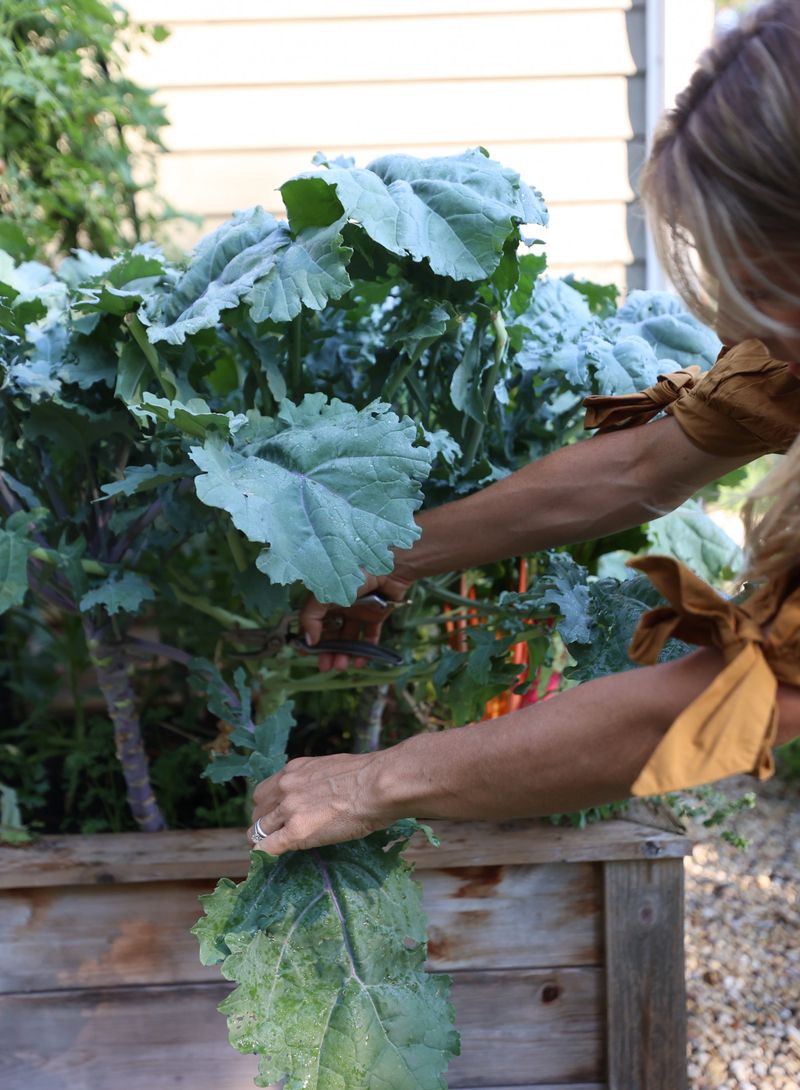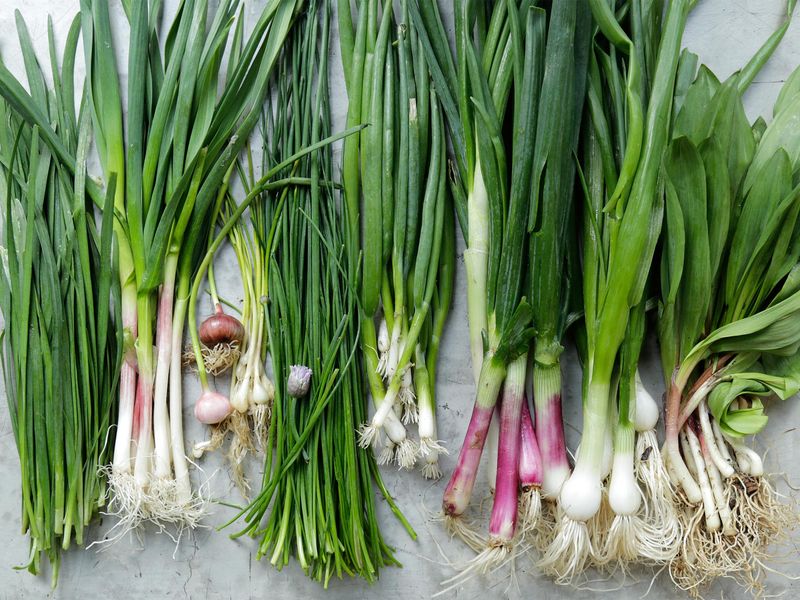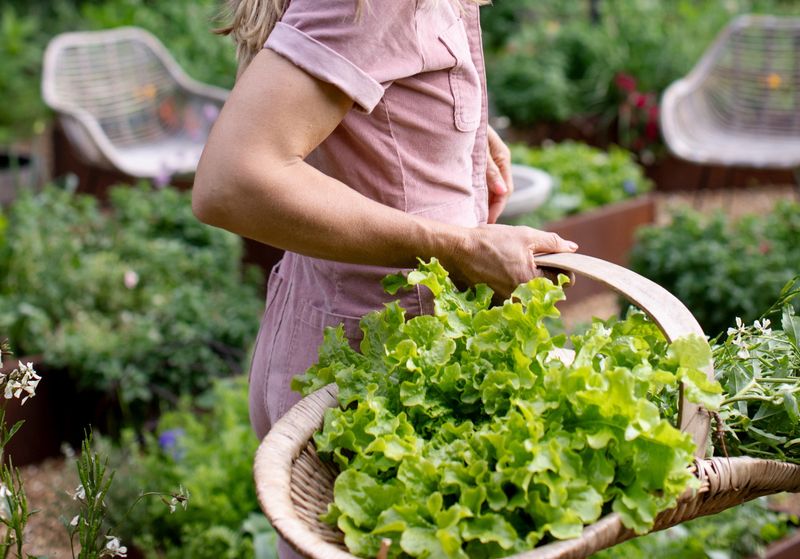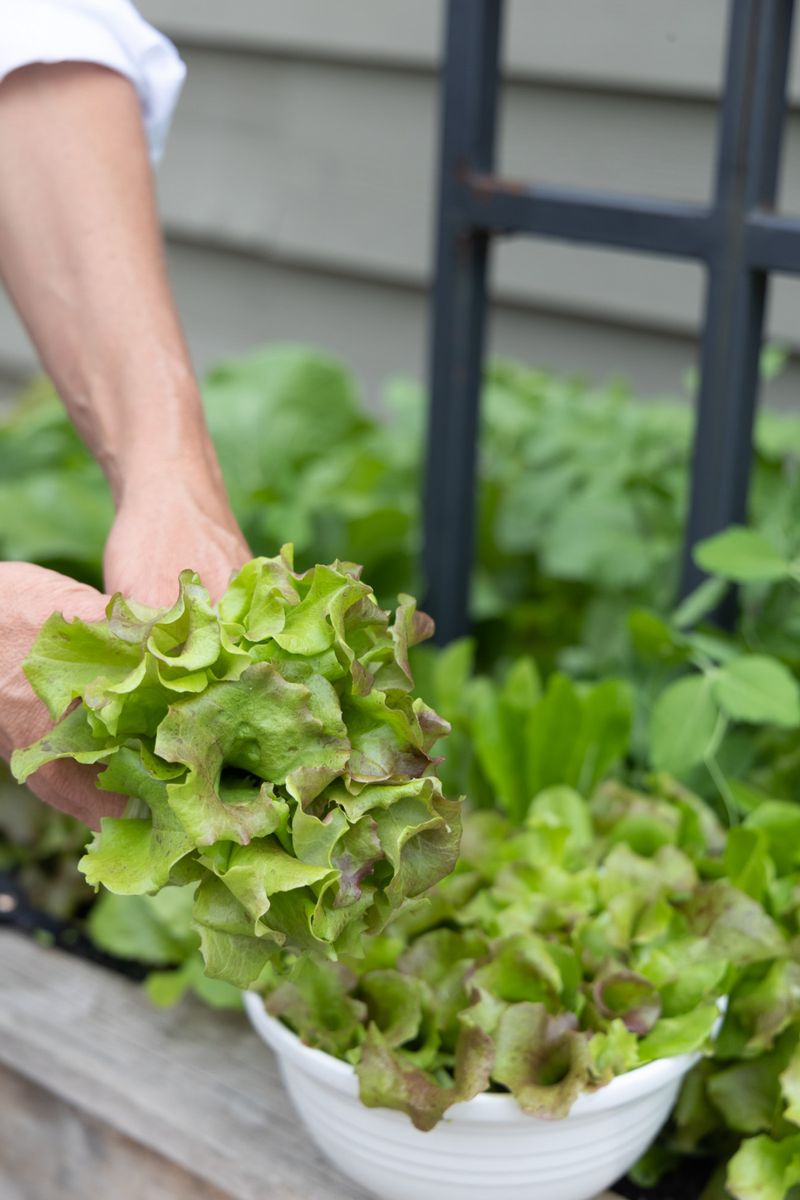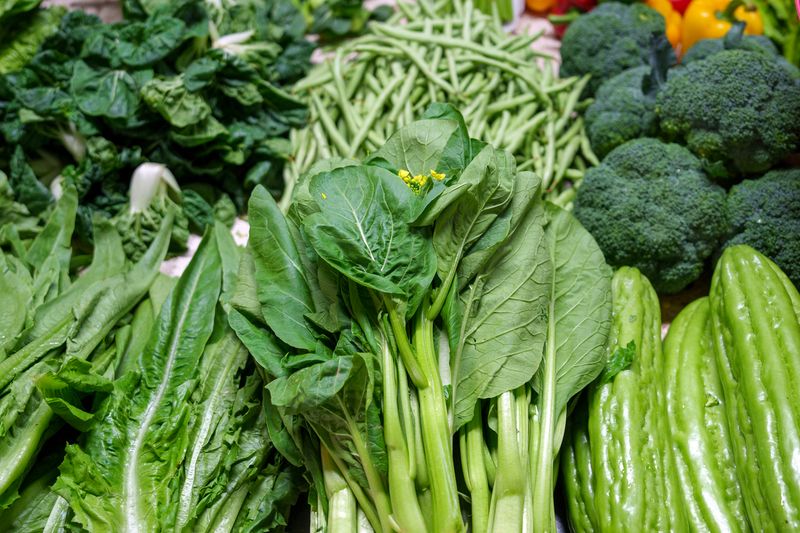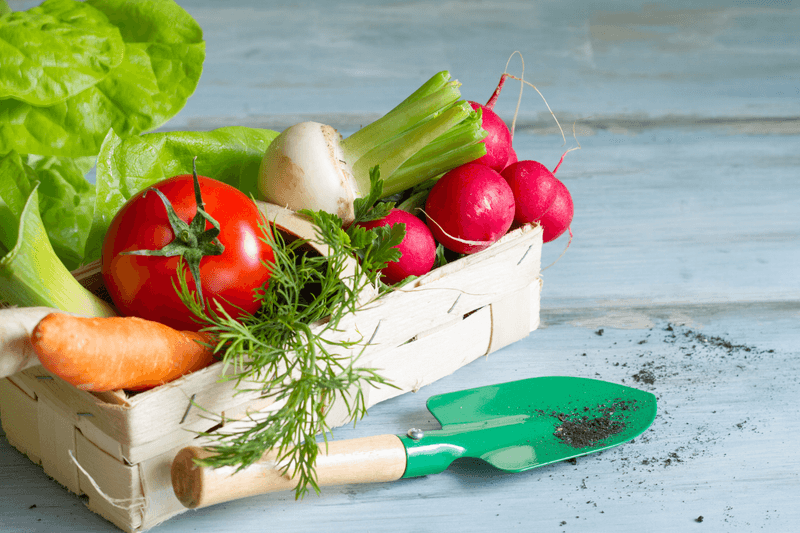Ah, the joy of springtime! There’s something truly special about getting your hands a bit dirty and watching those early greens break through the soil.
Growing greens like spinach and lettuce can be both a rewarding and fun experience. However, not all is as simple as it might seem. Here are 27 fascinating facts that every aspiring gardener should know about these early spring gems.
Some might surprise you; others might make you chuckle. But each will arm you with the knowledge you need to grow like a pro.
1. Start Early Indoors
Timing is everything! To get a head start, begin your greens indoors a few weeks before the last frost. Plants like spinach need a gentle introduction to the world before being transferred outside.
This not only strengthens them but also ensures a longer harvesting period. Be mindful of their need for light; a sunny windowsill acts as a perfect nursery.
This small step can lead to a bountiful garden. Grab a cup of coffee, and watch those tiny green leaves unfold.
2. Choose the Right Soil
Soil isn’t just dirt, it’s the foundation of your garden! For early spring greens, use well-draining soil mixed with organic matter.
Lettuce thrives in loamy textures, absorbing nutrients like a sponge. Check the pH levels, as too acidic or alkaline soil can stunt growth.
A simple home test can guide you in balancing the soil’s needs. With a bit of work, you’ll create a welcoming home for your greens. Remember, happy soil leads to happy plants! It’s like laying a cozy bed for them.
3. Mind the Spacing
Crowded plants are unhappy plants! Provide enough space between seedlings to ensure proper air circulation. Spinach needs room to breathe and grow those juicy leaves.
Overcrowding can lead to disease, so give each plant the attention it deserves. Think of it like personal space; nobody likes to be smothered.
Grab a ruler if you must, and measure your distances carefully. This simple act of kindness results in healthier, more productive greens.
4. Water Wisely
Water is life, but too much or too little can spell disaster! Early greens prefer consistent moisture without drowning. Lettuce, in particular, enjoys a nice drink but hates soggy feet.
Water early in the morning to allow foliage to dry by nightfall. This helps in preventing fungal diseases. It’s like offering a refreshing morning shower without drenching them completely.
Pay attention to the weather; Mother Nature might lend a hand with a sprinkle.
5. Temperature Matters
Greens have their comfort zone too! Most early greens prefer cool temperatures, thriving between 45°F and 75°F. Spinach loves the chill, while extreme heat can cause it to bolt.
Keep an eye on the weather and adjust your plans accordingly. Think of it as setting the thermostat in your home.
Providing the right temperature ensures your plants remain stress-free and productive. A simple garden thermometer can be a gardener’s best friend.
6. Understand Bolting
Ever heard of bolting? It’s when plants prematurely go to seed, often due to heat or stress. Spinach is notorious for this, and once it bolts, the taste changes.
Recognizing early signs like elongated stems can help mitigate the issue. Think of it as your greens telling you they’re unhappy.
Adjusting watering, shading, or harvesting early can prevent this natural yet frustrating phenomenon. It’s a dance with nature, but one you can master with practice.
7. Rotate Your Crops
Variety is the spice of life, even in gardening! Crop rotation helps prevent disease and nutrient depletion. Lettuce benefits from following legumes that enrich the soil.
Think of it as changing roommates; it keeps the soil lively and balanced. Planning different sections for different years can maximize garden health.
It’s like a garden puzzle that, when solved, leads to thriving plants. Embrace the diversity, and your garden will thank you with lush greens.
8. Use Companion Planting
Teamwork makes the dream work, even for plants! Companion planting involves growing certain plants together for mutual benefit.
Spinach loves sharing space with radishes and marigolds, which deter pests. It’s like a community where each member plays a role. Understanding these relationships can lead to a more resilient garden.
Imagine your greens in a friendly neighborhood, watching out for one another. This strategy not only enhances growth but also adds beauty to your garden.
9. Harvest Regularly
Frequent harvesting keeps your greens productive and tasty. Lettuce, for example, loves being picked, encouraging more growth.
Think of it as a gentle reminder for them to keep producing. Regular harvesting prevents greens from becoming too mature and less palatable.
It’s a rewarding process, like picking fresh salad ingredients right from your backyard. Enjoy the continuous bounty, and keep those scissors ready!
10. Avoid Over-Fertilization
Less is more when it comes to fertilization! Overdoing it can lead to lush but tasteless greens. Spinach appreciates a light feeding of organic fertilizer, but too much can burn the roots.
It’s like offering dessert after a meal; moderation is key. Observe how your plants respond, and adjust accordingly.
A balanced approach nurtures healthy growth without overindulgence. Your greens will shine with natural flavor and vigor, without the need for excess.
11. Pest Control Naturally
Bugs can be a gardener’s nemesis, but nature has its solutions. Ladybugs and garlic spray offer organic pest control for early greens.
Lettuce can be vulnerable to aphids, but a little garlic keeps them at bay. Think of it as inviting friendly critters to your garden party.
Embrace these natural methods to maintain balance without resorting to harsh chemicals. Your greens, and the environment, will thrive in harmony. It’s a win-win for all involved.
12. Mulch for Moisture
Mulching is like giving your plants a cozy blanket! It helps retain moisture and suppress weeds, essential for early greens.
Spinach benefits from a layer of straw, keeping the soil cool and hydrated. Mulch acts as a protective barrier, reducing evaporation and erosion.
It’s a simple yet effective trick that makes gardening more manageable. Think of it as a little comfort for your plants, allowing them to focus on growing. A well-mulched garden is a happy garden.
13. Check for Diseases
Vigilance is key! Early detection of plant diseases can save your greens. Lettuce might show signs of mildew, but catching it early can prevent spread.
Think of it as a doctor’s check-up for your plants. Regular inspection allows for prompt action, keeping your garden healthy.
Explore different techniques and remedies to tackle issues as they arise. It’s a proactive approach that keeps your greens flourishing. A little attention goes a long way toward a robust garden.
14. Embrace the Shade
Sunshine is wonderful, but sometimes plants need a break! Early greens appreciate some shade during intense heat.
Spinach can bolt if exposed to too much sun, but a simple cloth provides relief. It’s like offering them a parasol on a sunny day.
Strategically placing shade can extend the growing season and improve taste. Pay attention to the sun’s path and adjust accordingly. A little shade can be the difference between thriving and surviving.
15. Know Your Varieties
Not all greens are created equal! Understanding the different varieties helps you choose the right ones for your garden.
Lettuce comes in many forms, from crisphead to loose leaf, each with unique needs. Think of it as selecting the best ingredients for a recipe. Researching varieties leads to better choices and tailored care.
It’s an exploration of flavors and textures that makes gardening exciting. Embrace the diversity, and your garden will reflect your personal taste.
16. Stagger Planting Times
Who says you can’t have it all? Staggered planting ensures a continuous supply of fresh greens. Planting spinach every two weeks keeps the harvest steady and manageable.
It’s like scheduling your favorite TV series throughout the year. This method prevents overwhelming harvests, leading to fresher produce.
Planning your planting times adds rhythm to your gardening routine. Enjoy the constant flow of greens without the feast-or-famine cycle. It’s a clever way to keep your garden productive.
17. Invest in Quality Seeds
A good beginning sets the tone! Investing in quality seeds ensures robust and healthy greens. Lettuce appreciates seeds from reputable sources, reducing the risk of poor germination.
Think of it as buying a well-made product that lasts longer. Quality seeds lead to stronger plants and better yields. It’s a small investment that pays off with a lush garden.
Choose wisely, and you’ll reap the benefits come harvest time. Quality truly matters in the world of gardening.
18. Consider Raised Beds
Elevate your gardening game! Raised beds offer excellent drainage and soil control for early greens. Spinach thrives in these conditions, protected from soil compaction and flooding.
It’s like giving your plants a VIP section in the garden. Raised beds also make gardening more accessible, reducing strain on your back.
Enjoy the benefits of controlled conditions and improved growth. It’s a practical solution with aesthetic appeal, perfect for any garden lover.
19. Leverage Natural Light
Harnessing the sun’s power is a gardener’s secret weapon! Proper placement ensures your greens receive ample light without burning.
Lettuce loves a sunny morning but might need a break in the afternoon. Think of it as planning a sunbathing session without the sunburn.
Understanding your garden’s light patterns enhances growth and productivity. It’s a subtle art that yields significant results. Let the sun work its magic, and your greens will flourish under its rays.
20. Experiment with Hydroponics
Why stick to soil? Hydroponics offers an innovative way to grow greens without dirt. Spinach enjoys the nutrient-rich water, leading to faster growth and higher yields.
It’s like giving your plants a spa day, complete with all the essentials. This method allows for year-round gardening, even in limited spaces.
Embrace the modern twist and watch your greens thrive in this unique setup. Hydroponics opens new doors for curious gardeners.
21. Learn from Mistakes
Every gardener has stories to tell! Mistakes are part of the journey, offering valuable lessons for future success.
Lettuce might have been overwatered one season, but that experience shapes better care next time. Think of it as a plot twist in your gardening adventure.
Keeping a journal helps track progress and refine techniques. It’s a personal guidebook filled with wisdom and growth. Embrace the journey, and learn from each season’s challenges.
22. Engage with Community
Gardening doesn’t have to be a solo endeavor! Join a community garden or online group to share insights and experiences.
Spinach might taste sweeter when grown with friends’ advice. Think of it as a potluck where everyone brings something to the table.
Engaging with others fosters learning and inspiration, enriching your gardening journey. Enjoy the camaraderie and exchange of ideas. Together, you’ll cultivate not just greens, but friendships too.
23. Keep It Fun
Gardening should be a joy, not a chore! Add playful elements to your garden to keep it enjoyable. Lettuce may grow better when surrounded by a whimsical setting.
Think of it as adding a little magic to your daily routine. Garden art, ornaments, or even a friendly gnome can make the space inviting.
Let your creativity run wild, and your garden will reflect your personality. Keep the fun alive, and your greens will grow with a smile.
24. Be Patient
Good things come to those who wait! Patience is a gardener’s virtue, especially with early greens. Spinach takes time to mature, rewarding those who nurture it.
Think of it as waiting for a delicious meal to cook, savoring the anticipation. Observe your garden’s rhythm and enjoy each stage of growth.
It’s a practice in mindfulness, connecting you with nature’s pace. Relax, take a seat, and watch your handiwork come to life.
25. Stay Adaptable
Life’s unpredictable, and so is gardening! Being adaptable helps tackle challenges like weather changes or pest invasions.
Lettuce might suffer from a cold snap, but a quick cover can save the day. Think of it as being a problem-solving superhero in your garden.
Flexibility leads to resilience, ensuring your greens thrive against the odds. Stay alert and ready to adjust, and your garden will reflect your efforts. Adaptability is the gardener’s secret weapon.
26. Celebrate Successes
Every harvest is a triumph worth celebrating! Those fresh greens are a testament to your hard work and dedication.
Spinach leaves might seem ordinary, but they represent your commitment. Think of it as throwing a little party for your achievements. Share your bounty with friends and family, savoring the fruits of your labor.
It’s a gratifying end to a season of effort and care. Raise a toast to your garden’s success and look forward to the next one!
27. Plan for Next Season
Gardening is a never-ending adventure! Planning for the next season while harvesting the current one keeps the excitement alive.
Lettuce might have thrived, but what will you try next? Think of it as crafting the next chapter in your gardening story. Reflect on past experiences and set new goals.
It’s a continuous cycle of growth and exploration. Let your imagination guide you as you dream of future harvests. The garden journey is always evolving.

